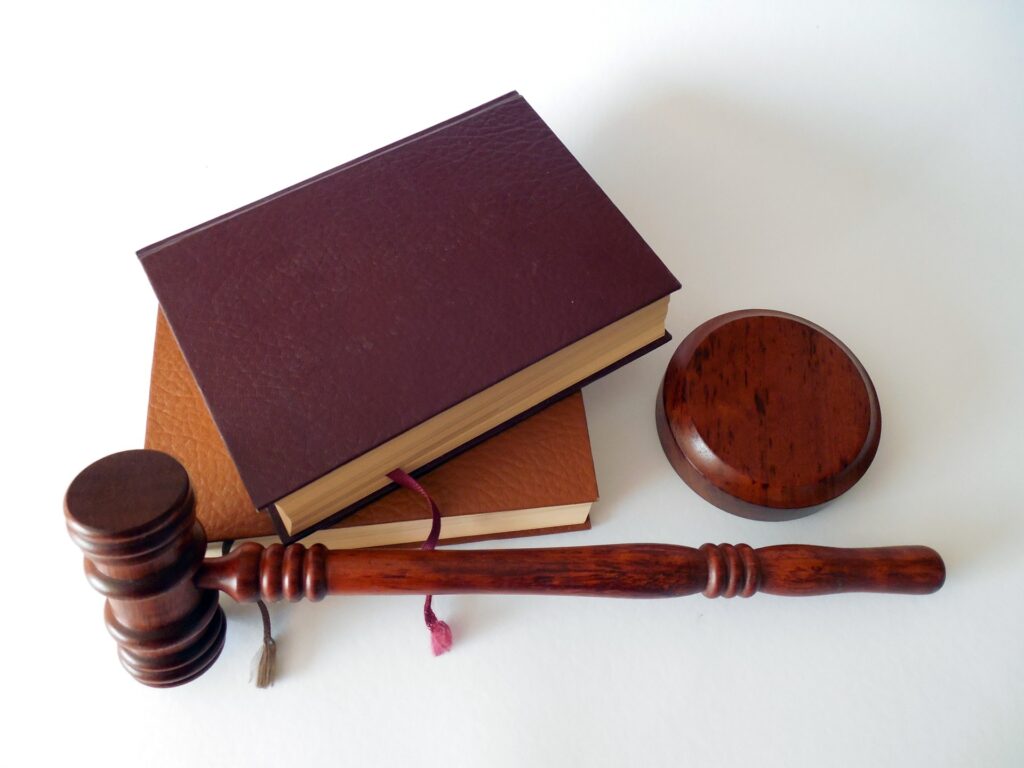PREMISES LIABILITY CLAIMS
Premises liability claims arise when an individual is injured on someone else’s property due to the negligence of the property owner or occupier. These claims can be complex and require a thorough understanding of the legal principles and facts and circumstances surrounding the incident. This essay will explore the basics of premises liability claims, including the types of claims that can be made, the legal standards that apply, and how to prove negligence in these cases.
Types of Premises Liability Claims
Several types of premises liability claims can be made, depending on the circumstances of the incident. These include:
Slip and Fall Accidents:
This is the most common type of premises liability claim. It occurs when individual slips or trips on a hazard, such as a wet floor, uneven surface, or loose carpeting. The property owner or occupier may be held liable if they were aware of the hazard but failed to address it or did not provide adequate warning.
Negligent Security:
This type of claim arises when an individual is injured due to inadequate security measures on the property, such as lack of lighting or fencing or failure to provide proper security personnel. This can include incidents such as assault, robbery, or other crimes.
Dog Bites:
If an individual is bitten by a dog on someone else’s property, the owner or occupier may be liable for the injuries. This is true even if the dog had never shown any previous signs of aggression.
Dangerous Conditions:
If an individual is injured due to a dangerous condition on the property, such as a broken railing or exposed electrical wiring, the property owner or occupier may be held liable if they knew or should have known about the condition and failed to address it.
Legal Standards in Premises Liability Claims
The legal standards in premises liability claims vary depending on the jurisdiction, but some general principles apply across the board. To establish a premises liability claim, the plaintiff must prove the following elements:
The property owner or occupier had a duty to keep the property safe and free from hazards.
The property owner or occupier breached that duty by failing to address a hazard or provide adequate warning.
The Breach of Duty Caused the Plaintiff’s Injuries.
The plaintiff suffered damages as a result of the injuries.
The level of duty owed by the property owner or occupier depends on the plaintiff’s legal status. For example, if the plaintiff is an invitee, such as a customer in a store, the property owner or occupier owes the highest duty of care. They must take reasonable steps to ensure the safety of the premises and must regularly inspect the property for hazards. If the plaintiff is a licensee, such as a social guest, the property owner or occupier must warn them of known risks but is not required to inspect the property for unknown hazards. If the plaintiff is a trespasser, the property owner or occupier generally only owes a duty to refrain from willful or intentional harm.
Proving Negligence in Premises Liability Claims
Premises liability claims arise when a person is injured on someone else’s property due to the owner’s negligence. Proving negligence in premises liability cases can be challenging. It requires the plaintiff to demonstrate that the defendant had a duty of care, breached that duty, and caused the plaintiff’s injuries. This essay will discuss how to prove negligence in premises liability claims.
To prove negligence in a premises liability claim, the plaintiff must establish that the property owner or occupier knew or should have known about the hazard and failed to address it or provide adequate warning. This can be done through various means, including eyewitness testimony, maintenance records, and surveillance footage.
The First Step
in proving negligence is to establish that the defendant owed a duty of care to the plaintiff. Property owners are legally obligated to maintain their premises reasonably safe for visitors. This means they must take reasonable steps to prevent or warn of potential hazards that could cause harm. For example, a property owner must repair broken stairs, keep walkways free of debris, and warn visitors of wet floors.
The Second Step
is to demonstrate that the defendant breached their duty of care. This means showing that the property owner failed to take reasonable steps to prevent or warn of potential hazards. For example, if a visitor slips on a wet floor that is not marked with warning signs, the property owner may be found to have breached their duty of care.
The Third Step
the third step is to establish causation. This means demonstrating that the defendant’s breach of duty directly caused the plaintiff’s injuries. For example, if a visitor slips on a wet floor and suffers a broken arm, they must show that their injuries were caused by the property owner’s failure to warn of the hazard or to clean up the spill.
Finally
The plaintiff must demonstrate damages, including medical expenses, lost wages, and pain and suffering. These damages must be directly tied to the injuries suffered due to the defendant’s negligence.
In Conclusion
Proving premises negligence is challenging, but holding property owners accountable for visitors’ safety is vital. Plaintiffs can improve their premises liability claim success by proving duty of care, breach, causation, and damages.


